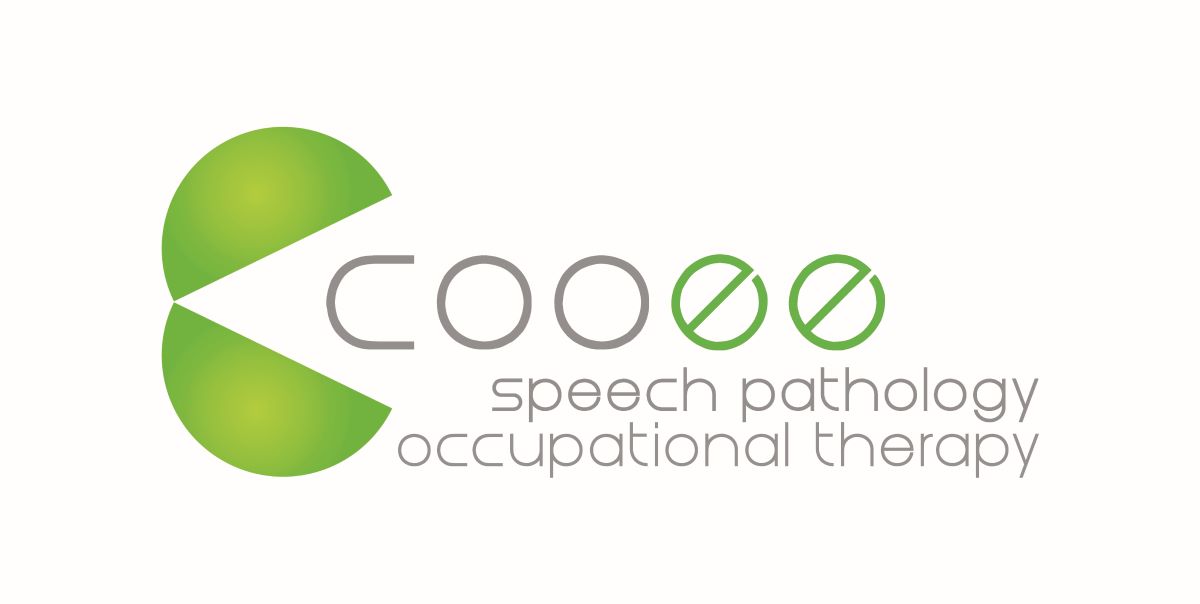Every child is unique: What does AAC look like?
There are so many ways that people can communicate – whether it’s speaking, using gestures and facial expressions, writing, drawing, signing, or with tools like Augmentative and Alternative Communication (AAC). It’s important that we support and celebrate
all the different and unique ways people express themselves.
For some, AAC is the way that they connect with others and express themselves.
What is AAC?
AAC stands for Augmentative and Alternative Communication (AAC). It’s a broad term that covers all the tools and strategies that support or replace spoken language. And just like the people who use it, AAC is wonderfully diverse.
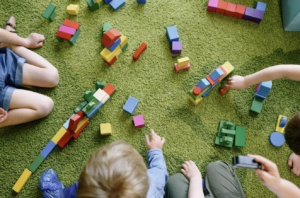
The goal of AAC is:
“To be able to say whatever I want to say,
To whoever I want to say it to,
Whenever and wherever I want to say it.” Gayle Porter, 2015
Simply put, AAC enables people of all abilities to communicate.
Types of AAC
There are many different types of AAC:
- Unaided forms of AAC do not require an external tool. They include gestures, vocalisations and manual sign systems (e.g., Auslan or Key Word Sign).

- Aided forms of AAC require some form of external support – either electronic or non electronic.
-
- Electronic forms are referred to as “High tech” e.g., speech generating devices, or apps on a tablet such as an iPad.
- Non-electronic forms are referred to as “Low tech” e.g., communication boards, PODD books, aided language stimulation boards, PECs picture systems, any paper-based system.
-
AAC can be unaided or aided, and it ranges from low-tech to high-tech options:
- Unaided AAC: Does not require an external tool. Includes gestures, vocalisations, and manual sign systems like Auslan or Key Word Sign.
- Aided AAC: Requires some form of external support, which may be:
- Low-tech: non-electronic forms, e.g., communication boards, PODD books, picture exchange systems (PECS), paper-based systems.
- High-tech: electronic forms e.g., speech-generating devices or apps on tablets (e.g., iPads).
Who needs AAC?

AAC is for children and adults with complex communication needs. These may arise from lifelong, developmental, or acquired physical, neurological, and/or sensory conditions that impact speech.
There are no prerequisites for introducing AAC. It’s accessible to everyone – regardless of age, diagnosis, or current abilities.
Communication partners (family, educators, support workers) are also supported and trained, so the individual can communicate functionally across home, school, and social environments.
AAC in Everyday Life
AAC works best when it’s embedded in everyday life. That means using it during play, routines, mealtimes, and story time. It means modelling language, celebrating attempts, and making communication fun.
For example:
- A toddler learning cause-and-effect might sign “More!” during peekaboo.
- A child who loves dinosaurs might have a page of dino-themed words in their PODD book.
- A teenager might use Proloquo2Go to talk about favourite places like “Westfield”.
AAC is most powerful when it reflects a child’s interests, strengths, and personality. It’s not just about asking for things – it’s about sharing ideas, making choices, and building relationships.
Getting started with AAC
AAC isn’t a single device or app. It’s a personalised approach to communication. For one child, AAC might mean using picture cards to request a snack. For another, it could be a high-tech speech-generating device that helps them tell stories, ask questions, or share jokes.
Some children use AAC all the time. Others use it alongside speech, especially when they’re tired, overwhelmed, or learning new words. AAC can be temporary or lifelong. It can grow and change as a child’s needs, skills, and preferences evolve.
As AAC is so varied, it is recommended that you consult a Speech Pathologist prior to getting started. As speech pathologists, we work closely with families, educators, and other professionals to find the right fit. We trial tools, adapt strategies, and provide ongoing support.
Other professionals, such as Occupational Therapists, Physiotherapists, Psychologists, Teachers, Support Workers, can be consulted throughout the AAC journey to ensure best practice.
Why might an Occupational Therapist be involved in AAC?
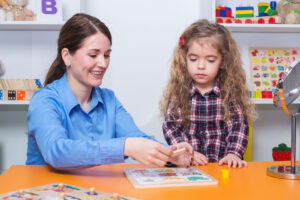
While typically, “Communication” is not within the scope of Occupational Therapy, Occupational Therapists have an important role to play in AAC prescription.
Often, an Occupational Therapist will bring in their knowledge of:
- Fine motor skills (including bilateral coordination and motor control)
- Motor planning and praxis
- Postural stability
- Visual motor skills & visual perception
- Sensory processing skills
- Executive functioning skills
- Daily routines and the integration of Assistive Technology into daily life
- Equipment modifications and considerations
To help ensure that the individual can effectively access, use, and integrate their AAC system across everyday environments
At Cooee
At Cooee, we celebrate the many unique ways people communicate – and we’re here to help your family discover what works best for you.
If you have more questions about AAC, and/or how a Speech Pathologist can support you, call or email our Client Care team through [email protected] or (07) 3265 4495.
Written by Speech Pathologist, Sophie Leggett and Occupational Therapist, Ashley Hannan.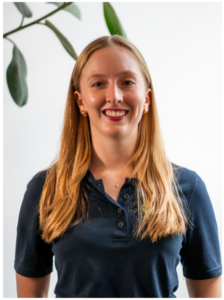
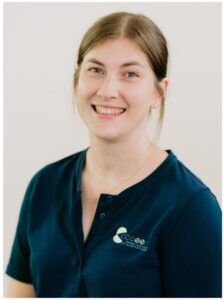
References:
Russell, S., & Buxton. Access is the KEY to AAC: The Role of OT. Retrieved from https://www.childrenshospital.org/sites/default/files/media_migration/f50061b5-a363-4b76-9b8e-5fec942f693d.pdf
Trujillo, C., Del Monte, B., Conatser, M., Norris, G., Malmgren, T., Westcott, C., & Moritz, K. (2020). Establishing OT’s distinct value in AAC evaluations for children with disabilities. The American Journal of Occupational Therapy, 74(4_Supplement_1), 7411520480p1. https://doi.org/10.5014/ajot.2020.74S1-PO4202
